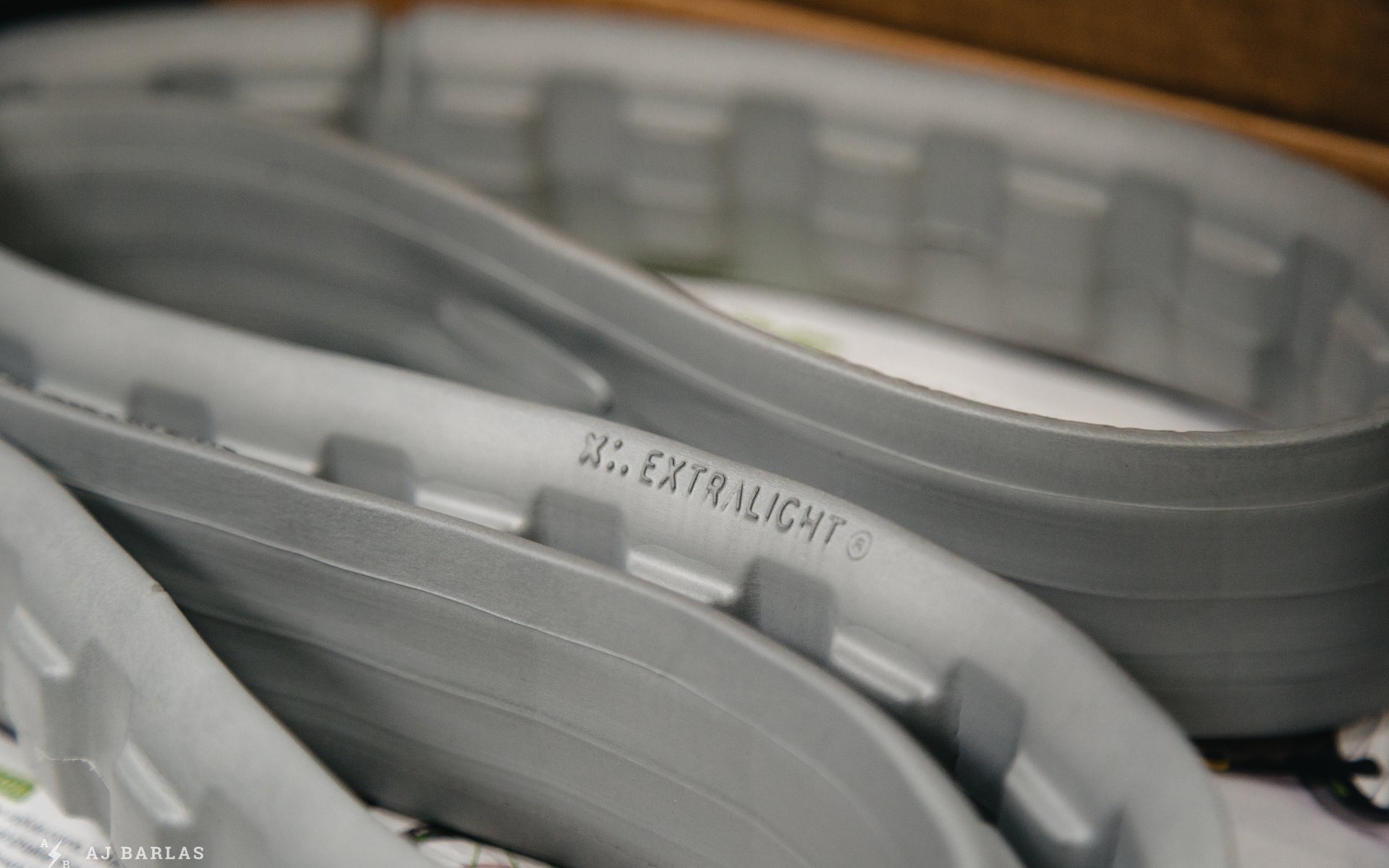
Another Tire Insert Option
CushCore XC Tire Insert Review
After quite a successful launch and positive response from riders and media, the original Cushcore has become the benchmark for tire inserts. This in spite of being more difficult to mount than a cranky bull. Following CushCore’s directions drastically improves the mounting experience but they’re still not easy or efficient to work with – not even close.
Despite the accolades and trailside banter about the merits of CushCore, whispers continue through the grapevine questioning their need. Is that much protection necessary for anyone not racing or riding as aggressively as the world’s fastest? What if there was a streamlined version of the original, one that offered some protection and to a lesser extent, the trail comfort provided by the larger one, at a lower weight? Was it even possible?
CushCore founder, Adam Krefting wasn’t keen on slimming the insert down either. He felt the original CushCore is ideal the way it is and that changing the design would make the product less effective. Adam gave in eventually and the CushCore XC was born.
Highlights:
- Designed for tire widths in the 1.8–2.4-inch range
- Works with Inner rim widths between 22 and 32mm wide
- Weight: 155g (vs. 274g for the “Pro” or original). Both 29-inch versions
- MSRP: $149 USD (CushCore Pro ranges from $114-149 on Competitive Cyclist)
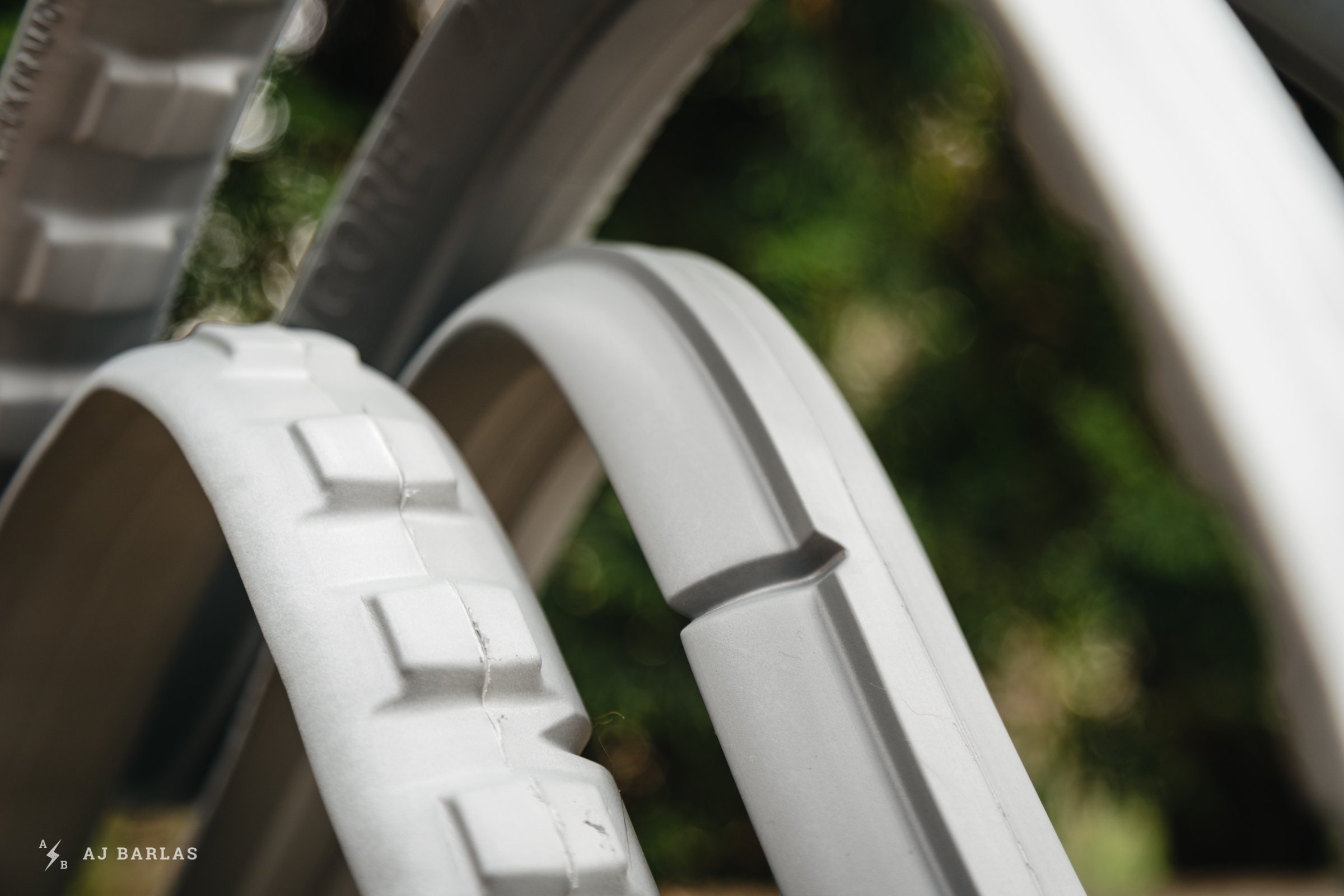
The Cushcore XC insert (left) is thinner, making it easier to manipulate and fit to the wheel.
Installation
While following CushCore’s installation directions for their original insert goes a long way to keeping your sanity, there are still rim and tire combinations that make it one royal P.I.T.A.* But as soon as I popped the XC inserts into the rim bed, it was clear the smaller version was going to be more manageable. Forcing the tire bead of Maxxis EXO+ and DD tires under the insert also proved simpler making the entire mounting process far more palatable.
The inserts did as the bigger brother does when it came to inflating the tires too and there were no issues with seating. I pumped the EXO+ tires up to my usual summer pressures for thinner carcass tires – 25psi rear and 22psi front. When moving to the DoubleDown version, I also opted for my usual 24 and 21psi for that tire carcass. Without having run the XC inserts before, I needed to start with what I was used to. Needless to say, installation was a breeze and when it came time to try them in the burlier Double Down tires, I was able to force the inserts onto the rim. There was no need to stand on a hammer handle and force the wheel to remain grounded, as suggested by CushCore.
*Here's an alternate installation method that also looks pretty solid - Ed.
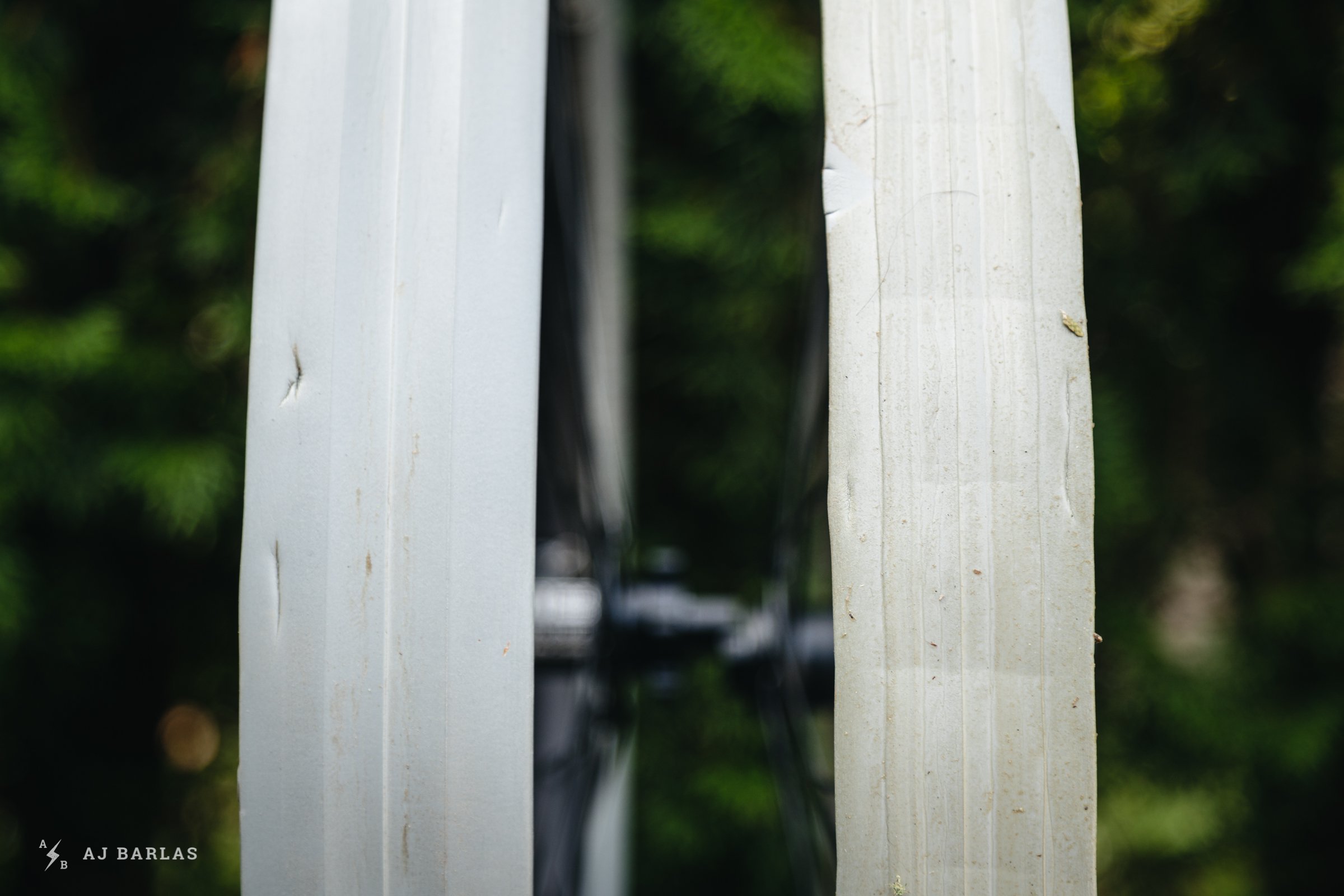
Both inserts will show signs of wear in the way of small slits in the material where the tire and rim have compressed the foam.
On The Trail
During my first outing on the XC inserts – back in July 2019 – conditions had suddenly gotten greasy. On technical singletrack, the inserts initially went unnoticed because of the slippery conditions, which I consider a good thing. But once I got onto smoother trails with catchers mitt berms their impact became clear. Sidewall support wasn’t as pronounced as with the original CushCore, which is understandable given the shorter overall height and narrower width resulting in less material making contact with the inside of the tire. Nevertheless, in corners where I could normally make the tires squirm, the bead held solid. Tire response remained quicker, propelling me forward out of the corner and down the trail.
Repeating the loop, I stopped at the top and pulled out a pressure gauge to drop the air by 2 psi in each tire. As expected, the bike was quieter over the ground with the lower pressures damping feedback but in berms and sharp compressions, I found the bike lost composure. Pushing hard into corners, there was still no burping, but the squirm I was getting wasn’t ideal. The narrower width of the smaller CushCore still provides a connection with the tire sidewalls, even though I was just outside the recommended 2.4 tire width with the 2.5 WT Maxxis tires. Grabbing the tire, it’s clear where the insert presses up against the sidewall – there’s just less of it to provide support.
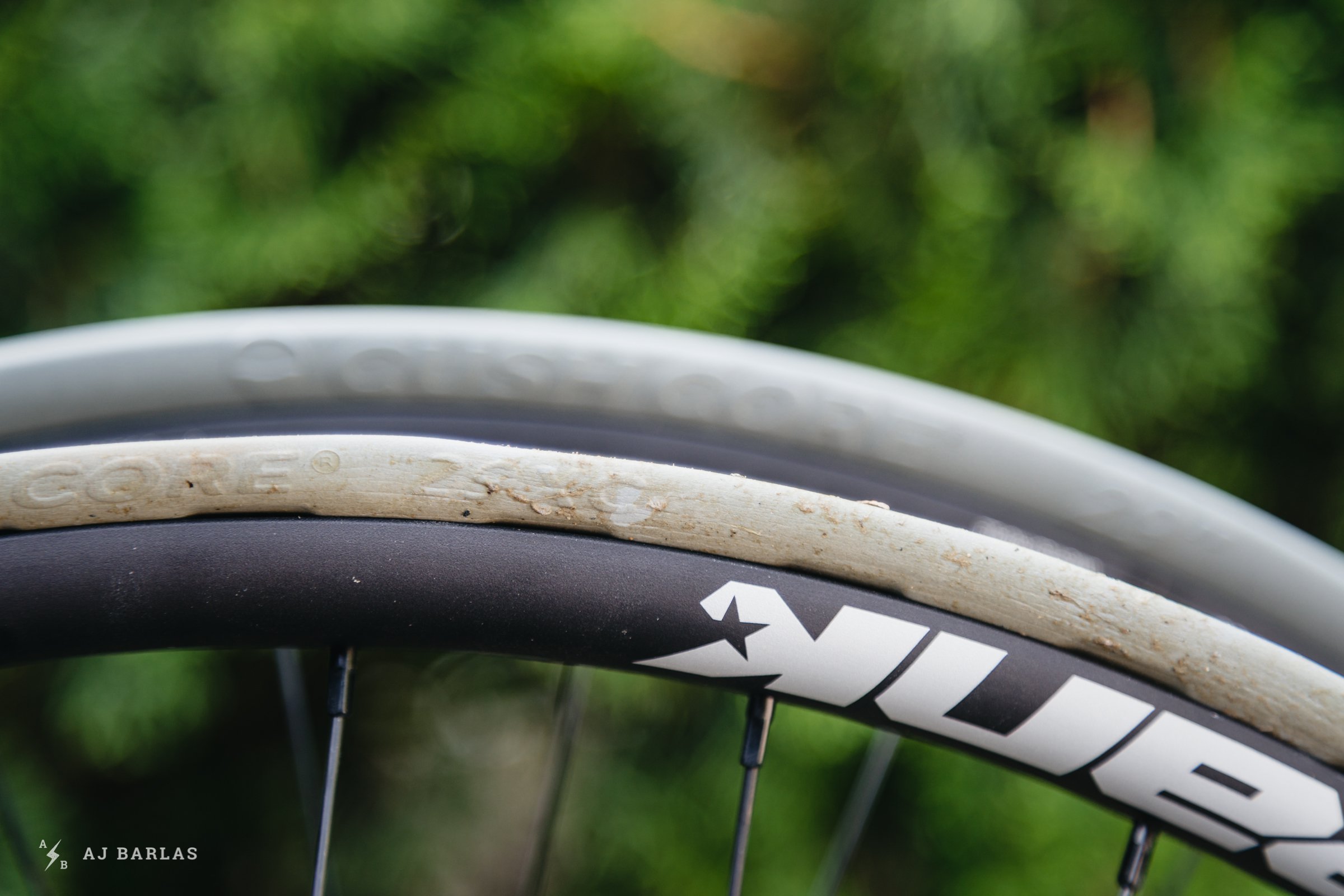
The thinner XC insert provides less support against the sidewall of the tire. But it's a good amount of protection for anyone not smashing.
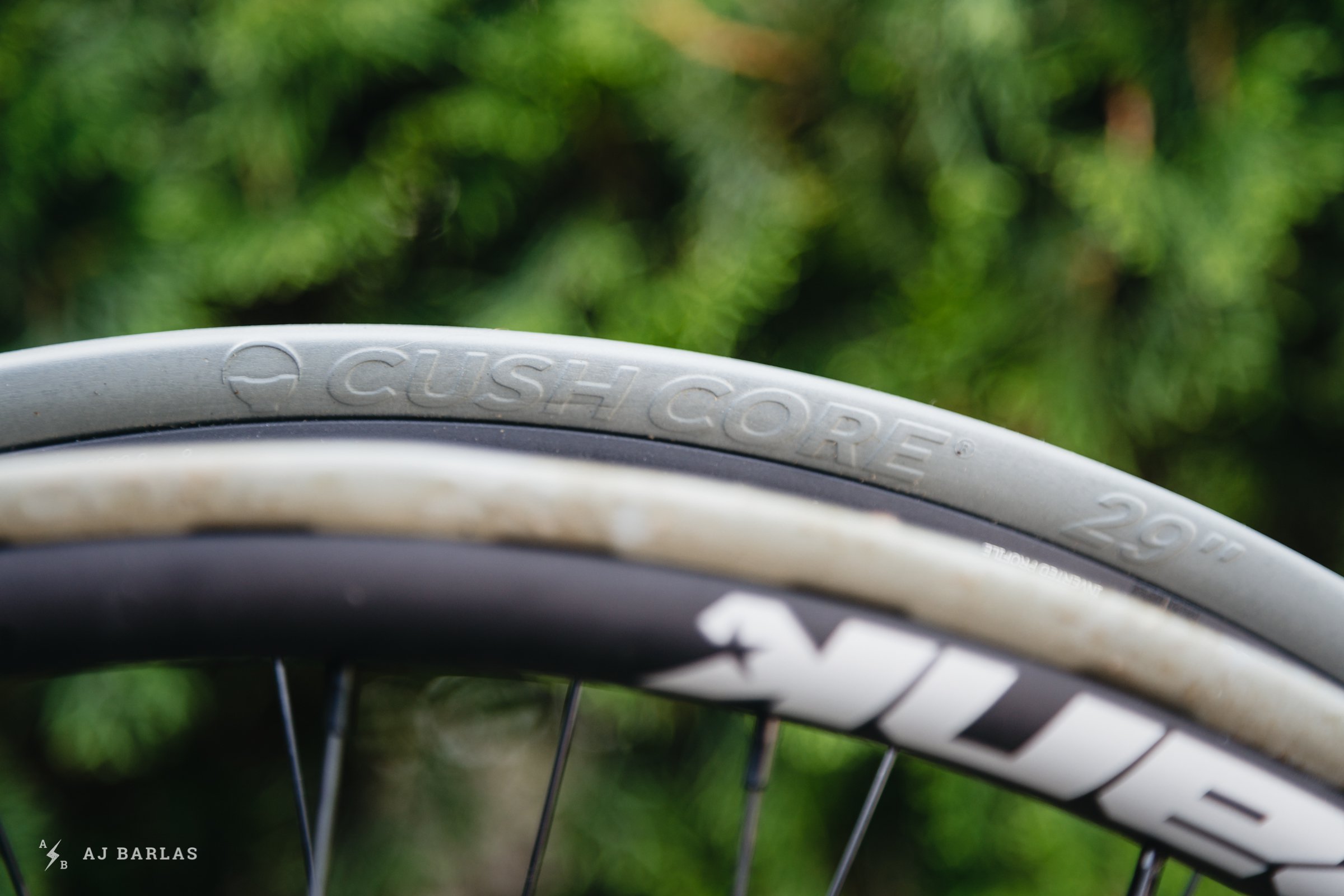
The original CushCore insert provides more lateral support in corners and noticeably stiffens the tire more than the smaller CushCore.
I spent the rest of my time on the CushCore XC and EXO+ tire combination at 21 and 24psi (f/r). With this setup, I found the CushCore did a great job of softening the blows and protecting my rims, while also helping quiet trail feedback, although less than the big CushCore Pro. Thanks to the CushCore XC being easier to work with, I didn’t dread tire or wheel changes and when the time came to test them in a set of DD tires, things also went smoothly. The stiffer casing of the Maxxis Double Down tires made the installation a touch more time consuming, but none more than it would be installing DD versus an EXO+ without an insert.
Before installing the XC inserts in the Double Downs, I rode the tires on their own. I run my DD tires aired up to 21 and 24psi, and often bump up a fraction in the middle of summer. At this pressure, I found the cornering feel similar to the EXO+ with insert. Given there isn’t a lot of support added with the smaller inserts the lateral support of the DoubleDown tire felt marginally better without the insert than the EXO+ with, but whenever things got chunky, the lack of insert was noticeable. Slapping in the inserts proved that when the tire does bottom, and even when it gets close, having the cushion there to dull the hit was nice.

I've found myself wondering what the original CushCore would be like with these cutouts in the rim bed? Time to experiment.
Throughout testing, I was impressed that the weight of the smaller inserts was hardly noticeable. With these inserts weighing 155 grams, roughly 120 grams less than their bigger brother, they were much better mannered when it came time to get up to speed. Climbing was more enjoyable than with the original thanks to lower rotational weight.
In the end, I found that with the DD casing, I didn’t need the insert in the front tire if I had adequate pressure. In the rear wheel, I enjoyed the added protection of the XC insert and while I wasn’t happy dropping tire pressures 3psi – which I found to be my sweet spot with the CushCore Pro – I was happy running within 1psi of my normal pressure. Thanks to the XC Inserts smaller size, I preferred the tires close to normal pressure to maintain the response I wanted from the tread.
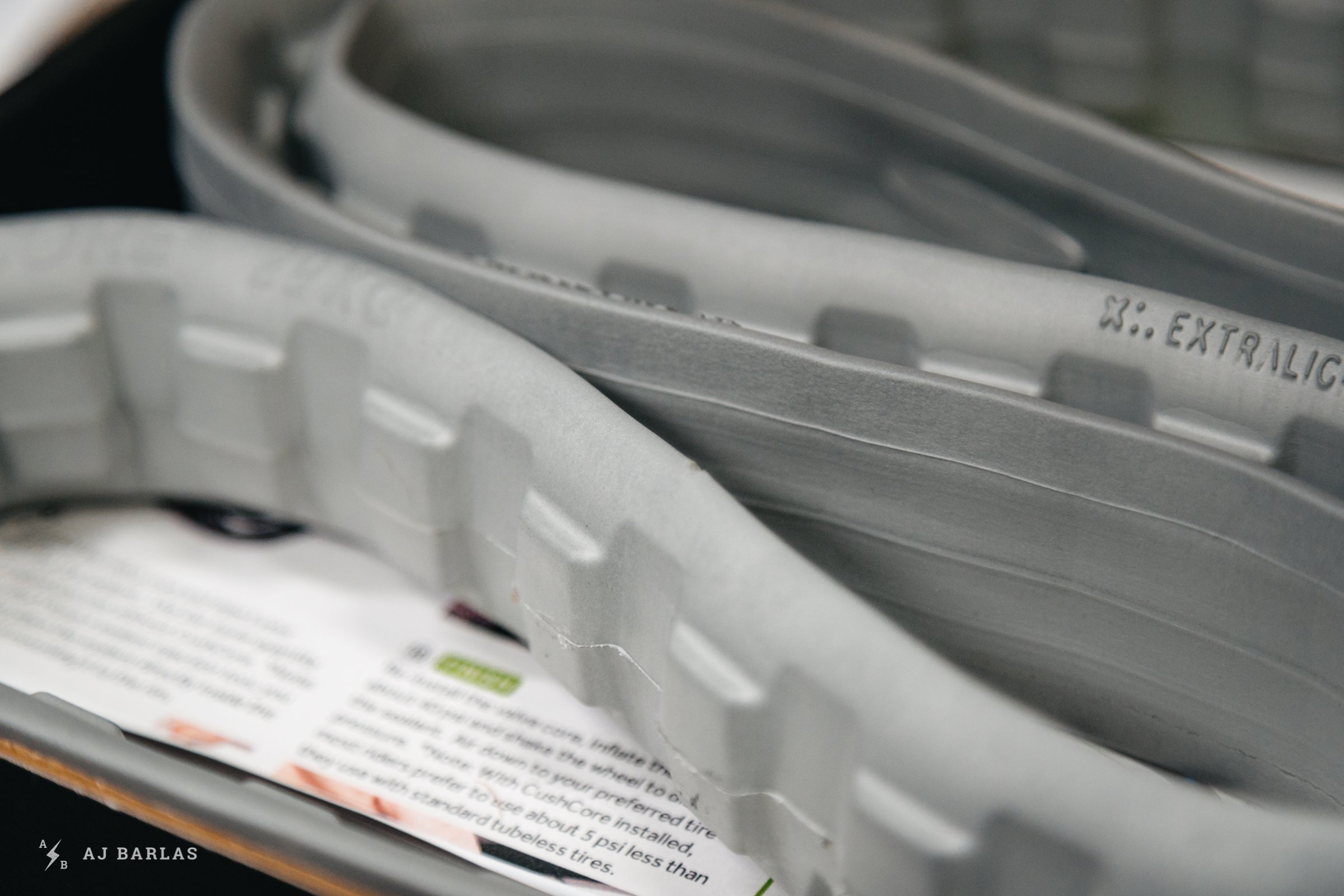
At ~120 grams lighter, the CushCore XC still provides great protection and some of the damping qualities of its bigger, heavier sibling.
Verdict
During the summer months, I enjoyed the usability of the CushCore XC. I’m no longer racing the clock and see less need to run the full hog of the CushCore Pro. The Pro version certainly has benefits over these, most notably the added lateral support and extra damping qualities, but I’m not willing to blow more time faffing with tire/wheel changes or to add weight to my wheels. However, this smaller, lighter-weight version strikes a great balance for riders looking for rim/flat protection and firm hold for the tire bead. The trail damping effects are less than the original and I found I couldn’t lower my pressures the same amount but they still offer peace of mind on the trail.
If you don't mind dropping to a lighter tire carcass with an insert, or you're racing, I recommend sticking with the full-size CushCore Pro. If you want a small security blanket, and no more burping worries using your current casing, the CushCore XC is a great option.
Age: 39
Height: 191cm/6’3"
Weight: 73kg/160lbs
Ape Index: 1.037
Inseam: 32”
Trail on Repeat: Changes as often as my mood.
Current Regular: Every test product spends time on Entrail

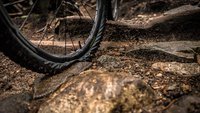
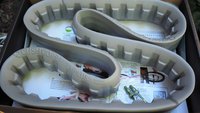
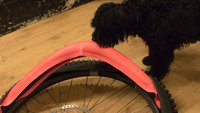







Comments
Hollytron
4 years, 2 months ago
Rode the "pro" inserts last year for a bit. I liked the super damp feel in the rocky rough stuff but there just is not enough super gnar here in Oregon to justify adding half a pound to each wheel. It does improve cornering but so did more air! Cool idea but I am not fast enough or have the trails to need it really. Gotta look in the mirror sometimes and realize that you are just a middle aged chuffer! After that go ride and realize your bike is super fun as is.
Reply
lubes17319
4 years, 2 months ago
"I've found myself wondering what the original CushCore would be like with these cutouts in the rim bed? Time to experiment"
Just did that when swapping tires. 7.5g of material total cut out, ride difference will probably not be noticeable.
Reply
dan_l
4 years, 2 months ago
Cush Core is the best suspension part I have on my bike. The xc option would allows further fine tuning for those who desire.
Reply
Timer
4 years, 2 months ago
Mind enlighting me what "Tire response remained quicker, propelling me forward out of the corner and down the trail." means? I know throttle response and this sounds remarkably similar but i'm relatively sure we are still talking about mountainbikes here?
Reply
AJ Barlas
4 years, 2 months ago
When tires and wheels are flexing they spring back into shape. That spring flings, or propels the bike forward to a degree, but obviously it depends on the tire/wheel etc compared to others. For example, some wheels don’t provide a great response and ride kinda flat—they just plod along.
In this case, with the insert providing a stiffer tire, loading it provided more spring out of compressions and with less squirm, the response is quicker. That turns into a pickup in forward momentum—or at least maintaining momentum from the approach—compared to without. It’s not as pronounced as with the Cushcore Pro, but noticeable over the EXO+ without.
Reply
Jenkins5
4 years, 2 months ago
Good review. I can see the benefits, but I already run a DD style tire in the rear (E13 LG1 EN) and find that's already a heavy enough solution to prevent flats. Adding another quarter pound would make climbing even worse....For those that don't care about weight or mostly shuttle these would be great for sure...
Reply
dan_l
4 years, 2 months ago
I have both a DD aggressor and EXO aggressor options for the rear of my bike. The EXO + Cush Core is maybe a tick heavier in 650b than the DD without insert. I've punctured DD but never killed anything with a Cush Core (including EXO), give it time and I'm sure I will but given time I've also killed DD with no CC. The dampening of Cush Core is like adding a coil spring and 10mm more travel to your bike. If you are considering DD and you'd like the advantages of better suspension consider Cush Core before swapping to a DD.
Best $150 to spend on a bike IMO.
I run Tannus inserts on my hardtail/commuter bike because I just don't want to get a flat. Ain't nobody got time for that!
Reply
Joseph Crabtree
4 years, 2 months ago
It's not so much about flat prevention but ride quality .As dan_l said ,it feels like 10mm more suspension.On my 80mm XC bike it feels like 20 more with better side wall support too.
Reply
Truleofthumb
4 years, 2 months ago
So I am wondering if I should bother trying inserts or not. I don't ride as much as you guys ( maybe twice a week) and I don't ride as hard as you guys ( one loop a week is just up brackentrail/jacks/fifty shades/Rupert/tracks/Loa/rollercoaster/lumberjack) then home for beer .
I have been happily running tubeless at 24psi withy 180lbs and have not had any issues all of 2019.
What benefits am I going to get trying an insert? Lower pressures? Would the combination of the lower pressures and extra weight make my climbs more miserable? Or is the descent going to be so much better?
Reply
Morgan Heater
4 years, 2 months ago
What do you do if you're out on a long ride and get a flat that your sealant won't fix? I've seen a few cush-core hanging from branches on trails I ride regularly, seems like a deal-breaker to me if it's going to ruin your ride.
Reply
kylemciver
4 years, 2 months ago
I destroyed 6 EXO tires due to tears and cuts and blown beads in 2018.
In 2019 I got the CC Pro, I went through 3 only due to tread wear. I didn't flat once, didn't tear once, and was still using plain EXO's and doing a fair amount if lift access and way more trail riding. I carry bacon strips and didn't end up having to use them (knock on wood) once.
I agree with whoever above - best $150 I ever spent on a bike since dropper posts got invented.
Reply
fartymarty
4 years, 2 months ago
I don't ride CC but would try bacon strips then extra Stans (I usually carry a 60ml bottle as an emergency).
Reply
Karl Fitzpatrick
4 years, 2 months ago
This is one of the selling points. If you get a flat with cush core it's not entirely necessary to pull it out if your ride home isn't too far. It's only happened to me once but the flat I got could be ridden 5kms home without damage to the tyre or rim on cush core. I've heard from others (including Cam McRae) that have had the same experience.
As a hardtail rider Cush core has more than one benefit:
- Better tyre retention (I've axed myself too many times from rolling the tyre off the rim)
-Impact protection (peace of mind when entering a particular fast chunky section of trail)
- Damping for the inevitable rim bottom out (which happens a lot and would have resulted in pinch flats, many torn tyres or broken rims by now without CC)
It's obviously not for everyone but for me the benefits far outweigh the small weight gain and cost.
Reply
Toby Bromwich
4 years, 2 months ago
I have been using pro cushcore front and back for over a year and a bit. At first to I was concerned to add weight to what is considered the worst place to add weight. The sidewall support and grip and dampening are enough to never want me to go back to not having it and I have a solution about the added weight.
I was intrigued about the xc and bought a set to try but felt they didn't offer that dampening or the support that i had come to enjoy.
Usually I run super gravity schwalbe, I was curious to see with that sidewall support the cushcore offers if I could get away with a tire I never would usually ever consider, so I got a set of the snakeskin which are over 250 g less than the sg casing and with the pro support its still amazing. Even just spend two weeks in finale ligure and was expecting it to be to gnarly there, but I didn't have one issue.
My wife did get a small cut on one of hers tires though, but it was due to locking up the wheel in some really sharp rocks, we just got one of those snake things to repair the tire and we were good to go.
We ride Seattle mostly. Great protection for the rims, insane sidewall support allowing you to run lower pressures and great dampening for the hands.
Reply
Reed Holden
4 years, 2 months ago
A great review in that it answered one question I had; can I get away with the XC inserts on my euro or AM bike with 2.5 or bigger tires. Answer, No.
The review is a bit unfair to cushcore though. They tried an XC insert in a tire it wasn't rated for and found it under performed. IMO this review should have tried these inserts in tires 2.2 to 2.4 and maybe tried a bigger one to see how it stacks up against the pro.
I suggest you redo the review using appropriate sized tires.
Reply
Please log in to leave a comment.